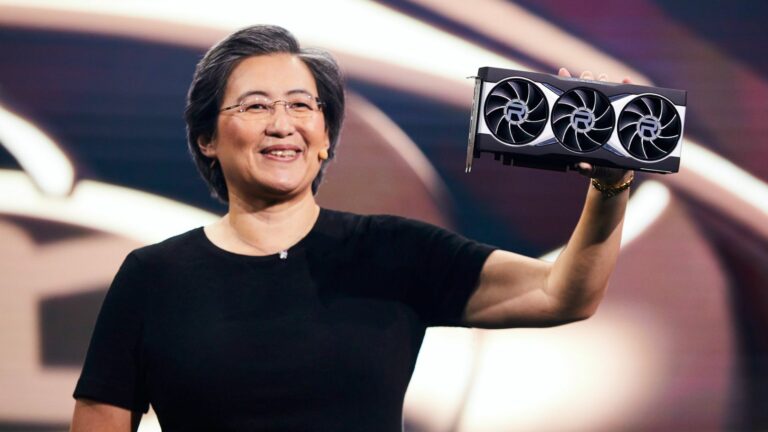Category Leadership through Reinvention — creating, owning, and then reinventing your category.
The Founder Who Refused to Stand Still
When Jensen Huang co-founded NVIDIA in 1993, the PC gaming market was niche, fragmented, and fiercely competitive. Yet his conviction was absolute: visual computing would eat the world.
The company’s early success with GPUs made it a gaming powerhouse. But instead of protecting that niche, Huang did the opposite — he blew it up. He saw that GPUs weren’t just for rendering pixels; they were parallel computing engines waiting to be unleashed.
That insight — parallelism as destiny — became the seed of NVIDIA’s long-term advantage.
While competitors treated GPUs as hardware, Huang treated them as a new computing paradigm. The move from graphics to general-purpose computation turned NVIDIA into the backbone of AI, scientific research, and simulation economies.
Reinvention as Core Competency
Most companies build moats. NVIDIA builds escape velocity.
Every decade, Huang redefines what NVIDIA is:
- In the 2000s, from graphics to gaming.
- In the 2010s, from gaming to AI infrastructure.
- In the 2020s, from hardware to AI ecosystem orchestrator.
This relentless reinvention isn’t random. It’s systematized through what Huang calls “accelerated computing” — the fusion of hardware, software, and developer ecosystems around parallelism.
The result: NVIDIA doesn’t compete in categories; it creates them — and then reinvents them before anyone else can.
That’s the ultimate form of category leadership: owning the definition, then evolving it faster than the market can catch up.
The Architecture of Vision
Huang’s leadership style is famously intense. He operates with what insiders call “architect’s patience” — thinking in decades, not quarters.
He combines the craft of a chip designer with the narrative instinct of a storyteller. Every product launch feels like a chapter in a broader thesis: that the world’s hardest problems — energy, biology, physics — will be solved by accelerated computing.
But the real architecture is organizational. NVIDIA behaves like a living research lab:
- Cross-functional teams anchored in long-term roadmaps.
- High tolerance for internal competition.
- Constant redefinition of what “the core business” means.
It’s a structure built not for efficiency, but for evolution.
In Huang’s world, a company is an algorithm — one that must continuously rewrite itself to stay relevant.
Category Power as Value Creation
NVIDIA’s market dominance isn’t just technological — it’s economic choreography. By building entire ecosystems (CUDA, Omniverse, DGX systems), NVIDIA ensures that every innovation reinforces its category position.
It’s not just selling chips — it’s selling platform gravity.
In innovation economics, that’s the ultimate move: transforming from product producer to category proprietor. Every new field that emerges — AI, robotics, simulation, edge computing — begins on NVIDIA’s canvas.
Competitors build faster chips. Huang builds bigger markets.
And in doing so, NVIDIA’s value creation becomes recursive — the more the world innovates, the more indispensable NVIDIA becomes.
The Discipline of Reinvention
Huang often says, “If you stop reinventing, you start dying.” That’s not rhetoric — it’s operating code.
He knows technology leadership isn’t about speed alone; it’s about tempo — knowing when to pivot, when to double down, when to burn your own castle.
The lesson for entrepreneurs and strategists is clear:
- Create your category.
- Own its narrative.
- Redefine it before others do.
In a landscape obsessed with disruption, Huang shows that controlled reinvention is a far greater power.
Looking Ahead
As AI accelerates toward autonomous design, simulation, and decision-making, NVIDIA stands at the heart of a new industrial revolution — one built on compute, data, and synthetic intelligence.
But Huang’s true genius isn’t in predicting that revolution; it’s in building the infrastructure for it to happen.
In the end, NVIDIA’s greatest product isn’t silicon — it’s reinvention itself.
Follow Tomorrowist for more insights on innovation, deep tech, and value creation.





